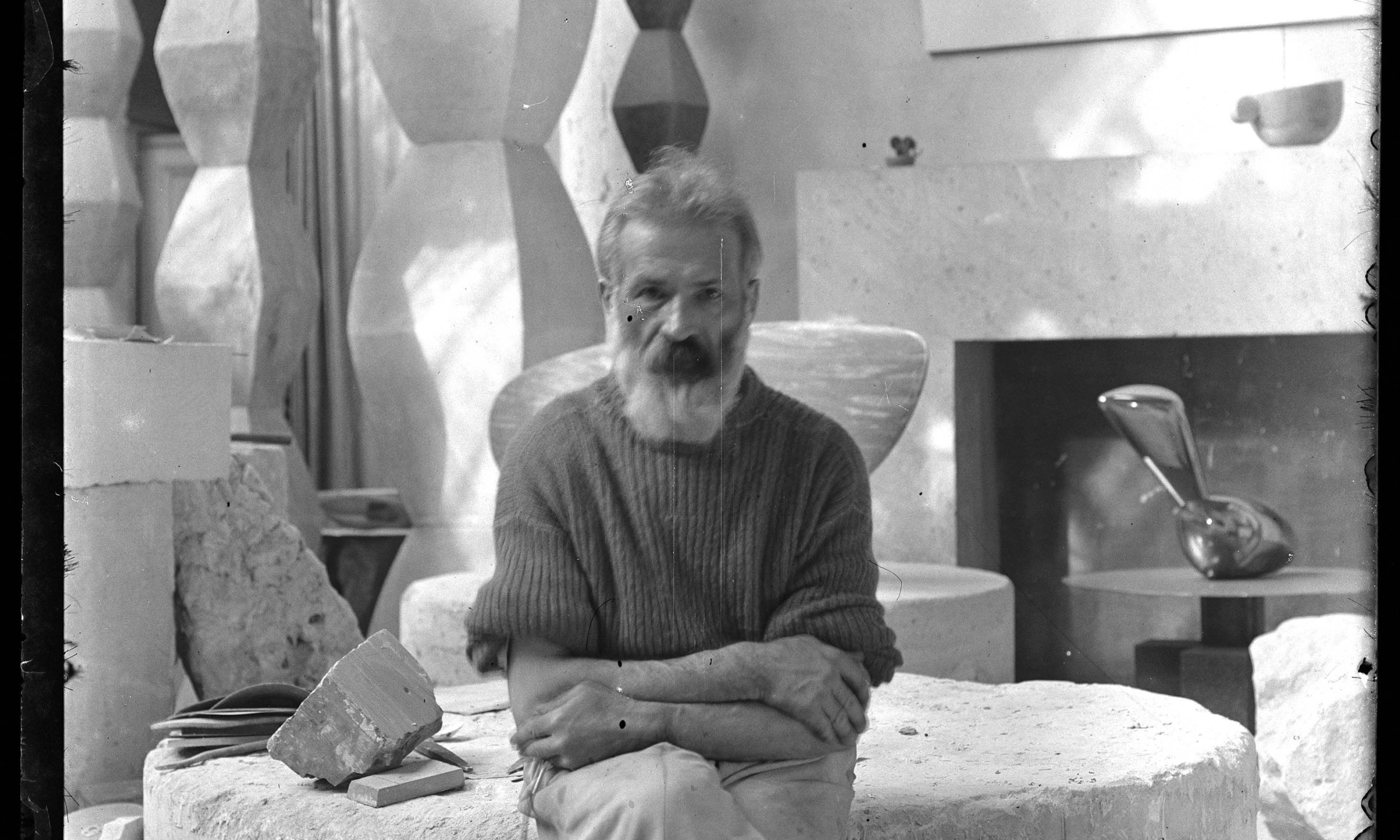Brâncuși (around 1933-34) Centre Pompidou, MNAM-CCI/Dist RMN-GP; © Succession Brancusi, All rights reserved Adagp, Paris 2024
• Click here for more reading lists on the world's greatest artists
The Romanian artist Constantin Brâncuși (1876-1957) shaped the course of sculpture in the 20th century with his pared-back forms taking inspiration from ancient mythology and Cycladic art. The largest survey of the artist’s work, with almost 200 sculptures, will open later this month at the Centre Pompidou in Paris (27 March-1 July). Below, the exhibition’s curator Ariane Coulondre has selected five books about Brâncuși for fans of all ages.
“One of the first comprehensive studies of Brâncuși, authored by one of the artist’s foremost specialists who was also a sculptor. A reference book that has significantly contributed to shaping our understanding of Brancusi’s artistic legacy.”
“The catalogue of a landmark exhibition by the Centre Pompidou and the Philadelphia Museum of Art has essays by leading art historians and experts. They analyse some of the major issues at stake in Brancusi’s life and work: the artist’s place within the modern avant-garde, his ties with the United States, the question of representation, his relationship with the pedestal and architecture.
“Brâncuși used to say, ‘Why write about my sculptures? Why not simply show their photographs?’ This catalogue sheds a fascinating light on the relationship between the artist’s sculptural work, his many photographic images and his film productions, which remained unpublished until 2011.”
“In this delightful comic strip, Arnaud Nebbache revisits the trial that pitted Brâncuși against US Customs in 1927-28, over the import tax on L’Oiseau dans l’espace [the sculpture was initially deemed not to be a work of art and was therefore subject to customs duty]. Questioning the definition of art, it was in fact the trial of the sculptor and Modern art that took place, crystallising a major rupture in the history of 20th-century art.”
“A beautiful little book for children, based on Brâncuși’s masterpiece La Muse endormie, [which] is on every page, unveiling its different faces through surprising details. Behind its apparent simplicity, Brâncuși’s sculpture hides games of perpetual metamorphosis.”

